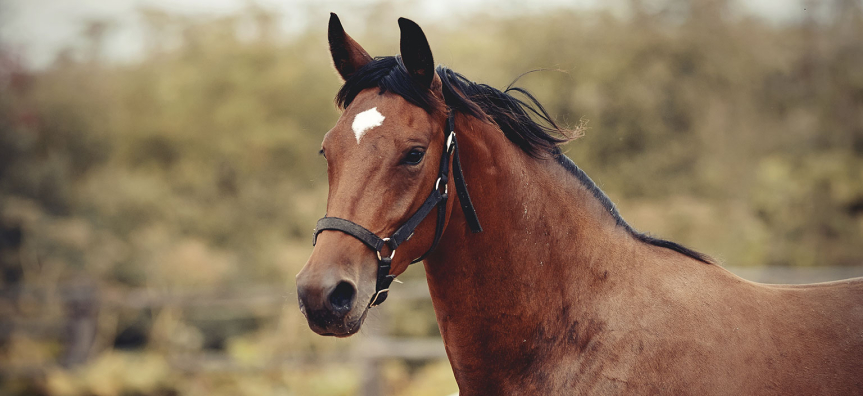Emergency planning for pets is an important part of emergency household preparations. Planning ahead is critical and greatly increases the likelihood of evacuating your pets to safety.
Have a Plan
It is important to include your pets and animals when developing your plan for emergencies including storms, bush fires, floods and heatwaves. Do not risk your own safety, and that of your family, trying to find or protect pets.
There are number of great planning resources to assist you plan:-
- Prepare your livestock and large animals (NSW RFS, Fire & Rescue NSW)
- Fire Safety for Your Pets (NSW RFS, Fire & Rescue NSW)
- FloodSafe for your pets and animals (NSW SES)
- Get Ready - business with animals in your care
Act early
Put your emergency plan into action early to protect your pets and animals. This will give you time to deal with unforeseen problems.
Do not wait for emergency warnings – they may come too late.
Animals will behave differently when disasters hit. They will pick up on your stress levels, and may panic and run. Removing them early will eliminate this issue.
Do not risk your own safety, and that of your family, trying to find or protect pets.
Remember if you need to evacuate, where practical, take your pets with you.
Evacuating with animals
Domestic pets
You can bring your pets to evacuation centres for assistance with accommodation and other services if you have no other alternative. Your animal will need to be contained by a cage or lead, and you will need to bring your pet’s medications and emergency kit with you. You are responsible for your pet at all times.
There are several nominated evacuation centres across the Northern Beaches. An emergency evacuation centre venue will be determined by the location and type of emergency and will be communicated by 702 ABC Emergency Radio once it is determined by the emergency services.
Horses and other livestock
Owners of horses or other livestock should maintain a list of multiple properties in different areas where you can relocate your animals to safety during an emergency. It is best to talk to these property owners in advance of an emergency and include these details in your emergency plan. If you cannot access your planned relocation sites, attend an activated evacuation centre or Large Animal Safer Place. Evacuation centres are activated and publicised to the community by the relevant authority. For example, this may be the RFS during a major bushfire event, or the SES during major flooding. Owners of stallions should also carefully consider alternative facilities as they may unsettle other horses in the evacuation area. Owners are responsible for their animals at all times so you should also plan and have suppliers so you’re able to stay with your animals overnight.
Check you have a Property Identification Code (PIC) for your animals. This is required for any property that has large animals or livestock. A PIC helps identify properties which may require emergency and recovery assistance. For more information or to apply for a PIC, visit NSW Local Land Services.
Pet checklist in an emergency
Safety of your animals is your responsibility. Being prepared for emergencies is crucial for keeping you and your pets safe.
- Are you self-sufficient for at least three days?
- Do you have a RSPCA emergency kit ready for your pet in case you need to evacuate?
- Is your pet identified (eg collar tag, cage label)?
- Can you relocate your pets quickly?
- What safe transport options and routes do you have (including backup options)?
- Do you have a safe place in your home or on your property?
- Do you have somewhere else to go that’s out of danger eg at family or friends?
- Can a neighbour or friend enact your plan when you are not home?
- Ensure your pets wear collars and tags at all times. Tags should include the animal’s name, owner’s name and up-to-date phone numbers.
- Ensure your pets are microchipped and registered.
- Ensure livestock, including horses, have a Property Identification Code.
- Have carry boxes (for smaller pets), leads (for dogs) and halters (for livestock) readily accessible. Familiarise your pets with these boxes and leads in advance.
- Include a secondary contact number on your pet’s ID tag or microchip record.
- Prepare a pet emergency kit using the information below.
- In addition to having a pet emergency kit, owners should have contingencies or arrangements in place for transporting their animals in emergencies. This extends to livestock where access to horse floats and trucks should be considered.
Leaving pets behind
Take your pets with you. If you have no option but to leave your pets behind during an emergency:
- Leave your pets indoors where possible.
- Place pets in separate rooms with small, or preferably no windows.
- Provide adequate food and water in large heavy bowls to last at least three days.
- If your pets must be left outside, do not tie them up. The area should be fenced to provide protection from other hazards, namely roadways.
Pet emergency kit
- Collars, harnesses, leads, saddles
- Cages, pet carriers, horse floats or trucks, vans
- Medications
- Food, water and bowls
- Blankets, bedding or nesting material
- Poo bags or litter and litter trays for cats
- Photographs of your pets in zip lock bags
- Registration papers
- Vaccination certificates
- Toys
Useful links
Further advice on pet safety during emergencies from the NSW Department of Primary Industries (DPI).

